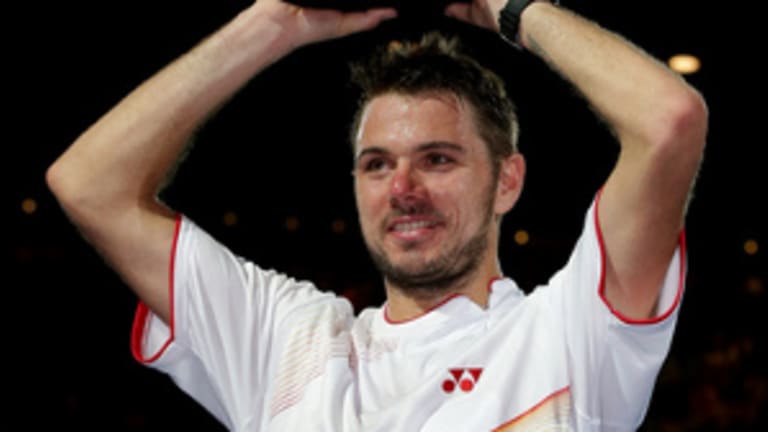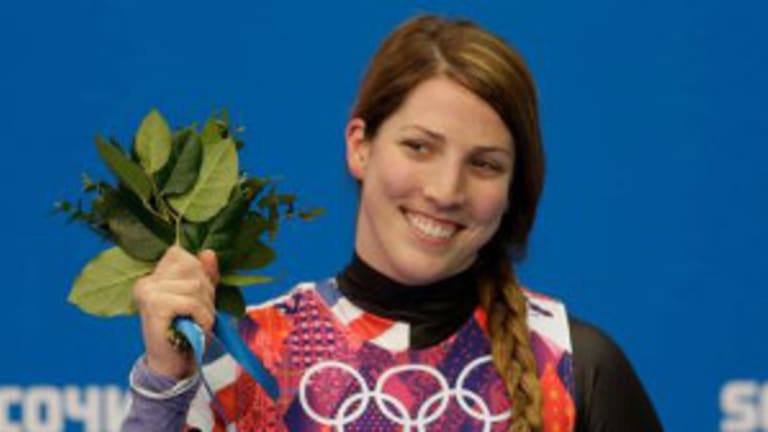Today we have a special tri-Rally, between myself and my fellow editors at TENNIS.com, Ed McGrogan and Richard Pagliaro. Our subject is a timely one: The Olympics, with a few comparisons to tennis. Ed leads off.
**
Rich, Steve,
Tennis has always had difficulty retaining the spotlight after the Australian Open, and that’s even truer this year, with the Winter Olympics dominating the discussion. The Greeks, already one of my favorite people for perfecting the gyro, were geniuses in developing the Games: It’s a must-see event every two years, even if you don’t exactly know what you’re watching. When curling is being shown on the big-screen TVs at TENNIS.com headquarters—and followed feverishly—you know the Olympics are big.
Why do I bring up the Winter Games? It’s not because of Maria Sharapova’s touching torch run to Sochi, or her work for NBC; nor for Maria Kirilenko’s fiancé, Alex Ovechkin, who just scored for Russia as I type this. It’s because the Olympics remind me of the Grand Slams.
Besides the obvious conclave of countries, the Games are more or less a two-week event, a monumental duration compared to most sports—but not tennis, which stages four such fortnights every year. In a sense, they accomplish the same thing: Showcasing its sport(s) to casual fans before going into hibernation. For tennis, the disappearing act lasts a few months; for sports like luge and biathlon, it’s four long years.
The Grand Slams and the Olympic Games differ in their execution, however. One thing I love about the Olympics is how every day seems like a Grand Slam final: Champions are crowned from start to finish, and the joy and drama never gets old. It would be the equivalent of the U.S. Open hosting a doubles final in the first week, a junior final on the first day, etc. Maybe that’s a way to give those tournaments some much-needed exposure, if the days of major doubles-only events, like the U.S. National Doubles at the Longwood Cricket Club, are sadly long gone.
I realize I’m comparing apples to oranges here, but I enjoy both multi-week, global sporting showcases. Are there any connections you draw to both?
I also leave this question for you both: We are always searching for the nebulous “fifth Slam”—are there actually too many Slams? Less is more in design, writing (forgive me here), and especially sports, which the Olympics never fails to prove. One thing I believe tennis suffers from is its inability to conclusively determine an overall champion. The rankings do it, but it’s a confusing and distant concept for outsiders; more to the point, it’s not done on the court. And with four Slams plus the year-end championships, there’s usually a lot of hands in the champion’s cookie jar when all is said and done.
—Ed

